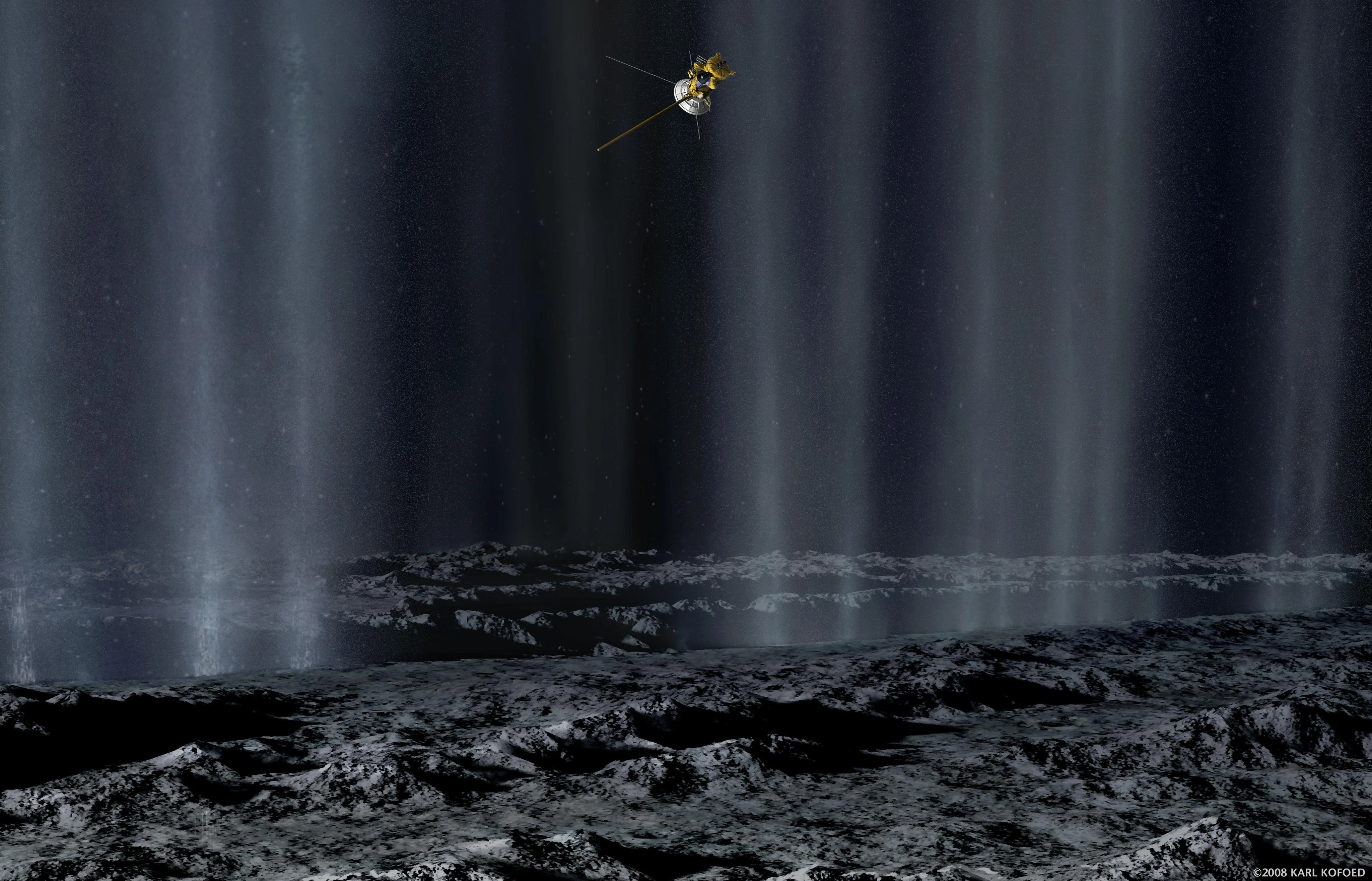3 min read
Todd J. Barber, Cassini lead propulsion engineer
Happy Holidays from Saturn and her orbiting spacecraft, Cassini! I hope all of you in the U.S. enjoyed a wonderful Thanksgiving. Again, we are thankful for the deluge of science results that just keeps coming and coming, despite what it does to my attempts to stay current with this column. I found new zeal in this effort recently, thanks to yet another inspiring Cassini "inreach" talk by our deputy project scientist, Linda Spilker.
Despite her hectic schedule, Linda takes time out to present the loftiest of Cassini science highlights to an eager flight team, four times per year. Just yesterday Linda regaled us with the latest jaw-dropping results from the sixth planet, including propeller-like disturbances in Saturn's rings and truly bizarre atmospheric dynamics near Saturn's polar hexagonal storm. If Linda can keep the flight team up to date with such wonderful and unique results quarterly, surely I should be able to stay on top of the highlights with a semi-monthly column! To that end, I will continue trying to get caught up with the torrent of activities executed over the last few months.
I last left you (scientifically) about two months ago with our first of two thrilling Enceladus flybys in October. Right after this encounter, with no rest for our tireless explorer, Cassini observed Saturn's rings in the hopes of capturing spoke movement. Such movies were an exhilarating highlight from Voyager nearly three decades ago. We also shot an F-ring movie, surely one of the most interesting characters in any flick about Saturn's rings. We also did a thermal map of the rings in the infrared and observed the bright star Gamma Crucis in the ultraviolet as it passed behind a portion of the rings. Non-targeted flybys of minor moons Epimetheus and Palene, along with radio science ring occultations, closed out a busy mid-October, between two delectable Enceladus flybys.

In my next column, I'll pick up with science highlights from E6 approach. It is a daunting task to select which science observations to spotlight, but it always leaves me humbled by the truly relentless barrage of new results from the ringed planet and Cassini. I hope you enjoy coming along on this journey as much as I enjoy writing about it.
Finally, speaking of coming along on the journey, I'd like to say what a thrill and honor it was for me to participate in recent teleconferences with schools across the nation for our Cassini "Scientist for a Day" program. Your enthusiasm and great questions give me tremendous faith in the future of space science and this nation in general.







